VS Multiples

/ 2017 Fall Semester
From The Multiples / Instructed by Devyn Weiser / Partner with Pengju HOU
This course provides an introduction to advanced techniques in modeling and fabrication processes by focusing on digital drawing and production tools that enable the representation of complex and dynamic surfaces, procedural and parametric forms, and the development of the relationship between architecture and geometry. Students will be introduced to scripting, rendering, and animation techniques.
The ‘artist’s multiple’ was one of the first forms of ‘affordable art.’ At its broadest a ‘Multiple’ is an art object, usually in 3D, conceived and created by an artist in an edition. In 1914 Marcel Duchamp produced the first Multiples by including miniature copies of some of his artworks in his ‘Boite en Valise.’ The term ‘Multiple’ was first coined by Paris gallerist Denise Rene in 1966 to describe the works made by her stable of artists. Multiples were seen as a break with traditional artistic categories because they were editions which looked like originals. Repetition was the result of a conscious choice by the artist; prints, photographs and books are generally excluded from the category because they are primarily associated with the process of reproduction. In the 1960’s and 1970’s many artists created multiples as a way of using new industrial production techniques and making their art more widely available. Multiples became carriers of new ideas, and were often subversive or humorous in intent.
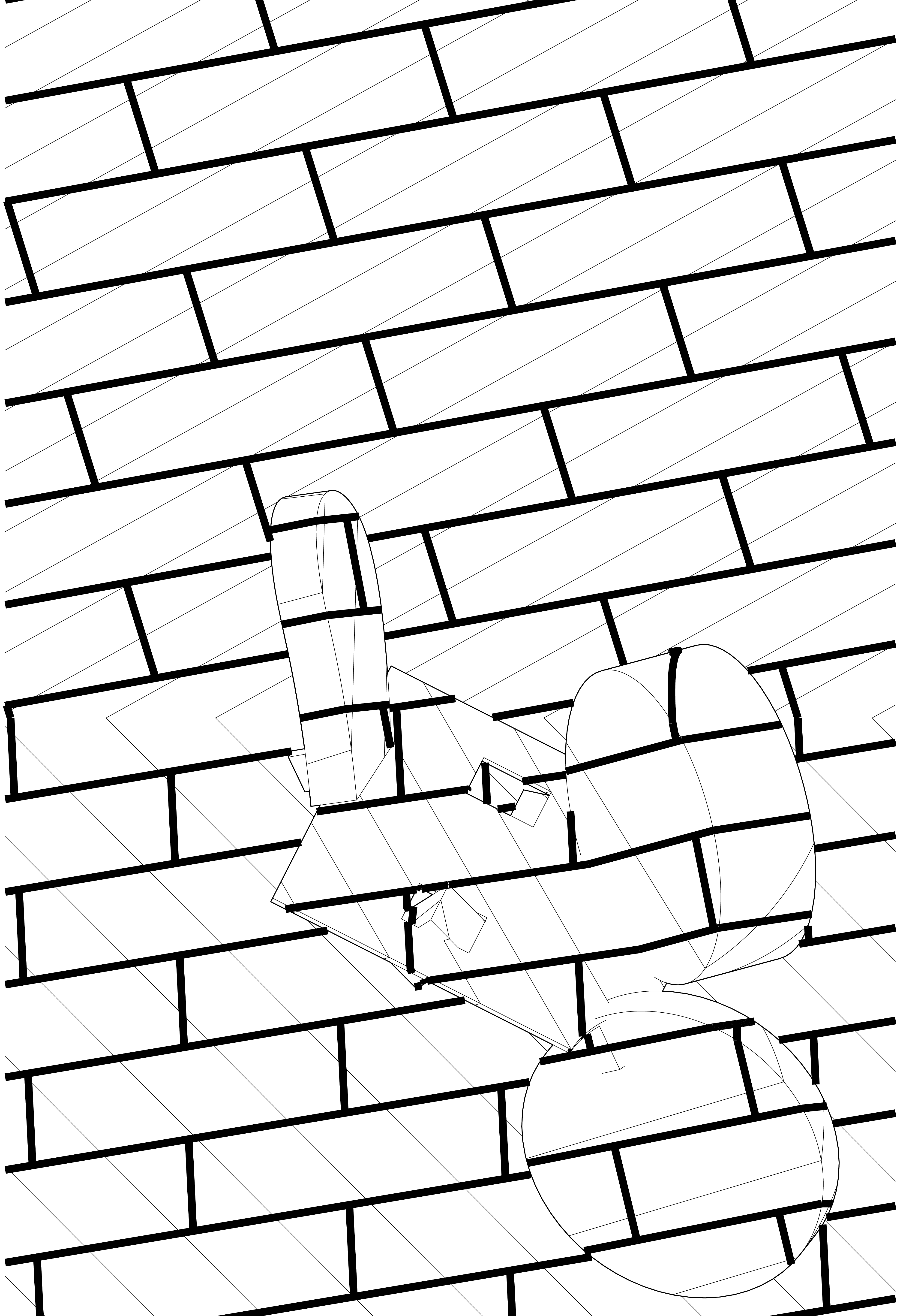






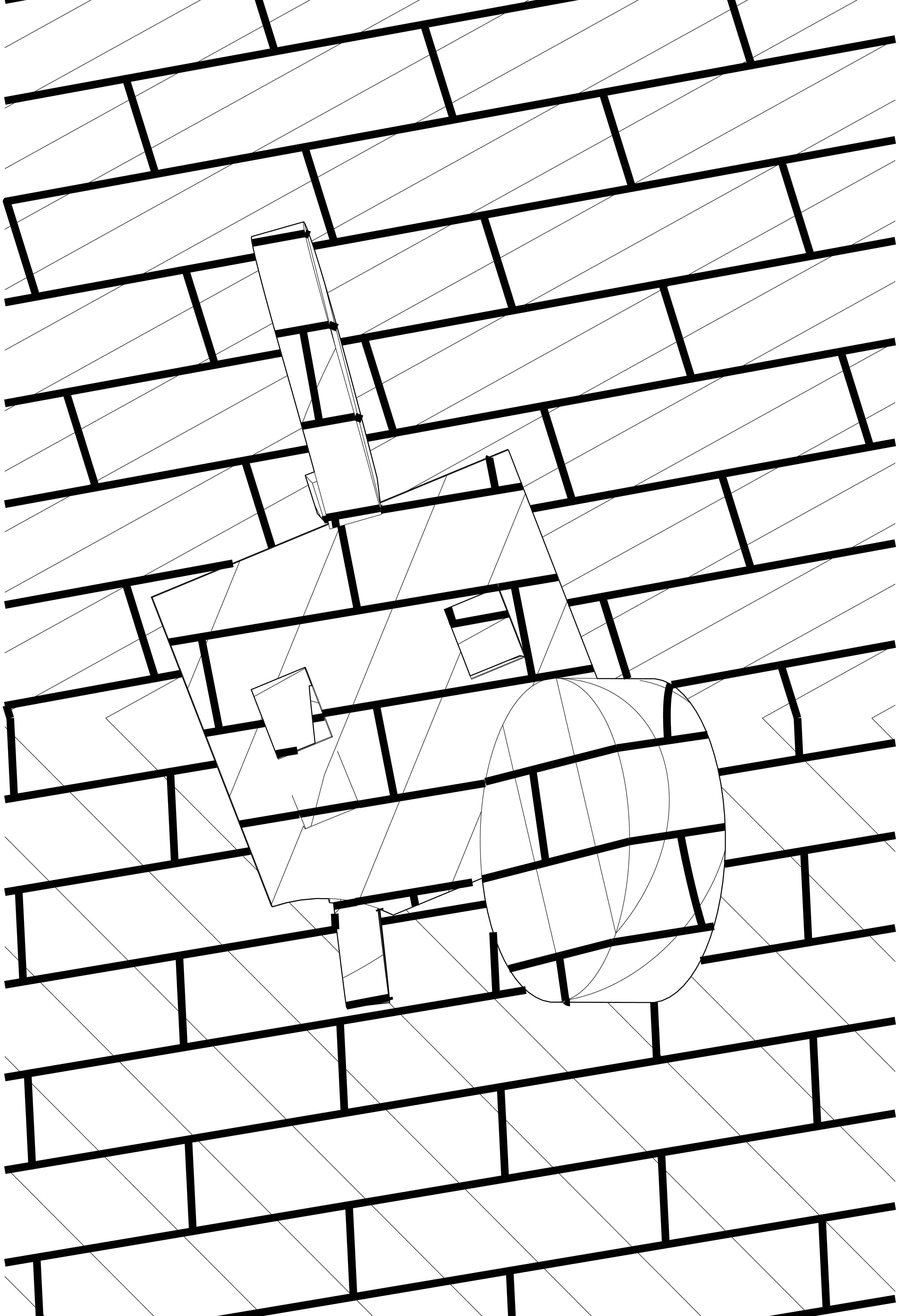




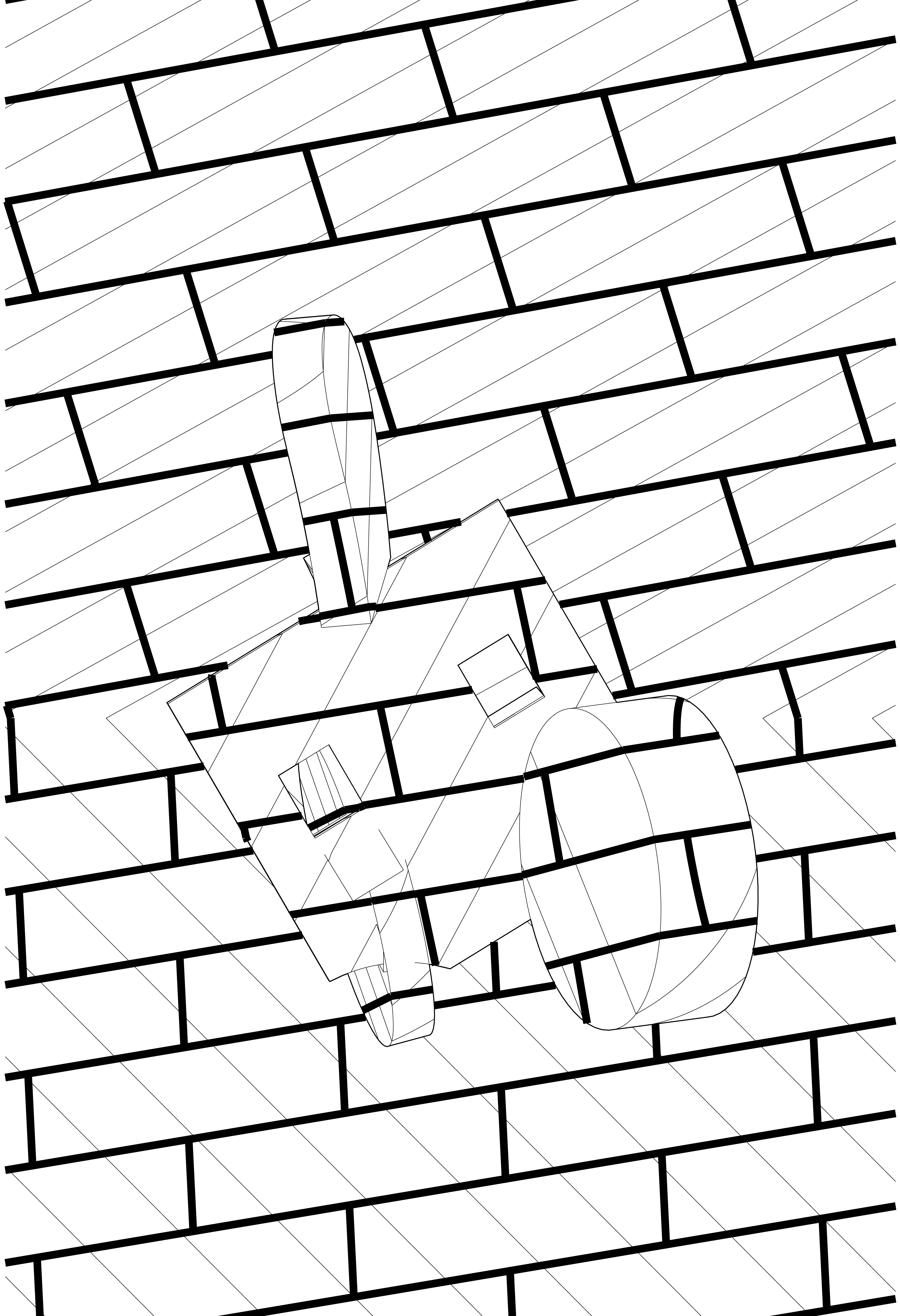
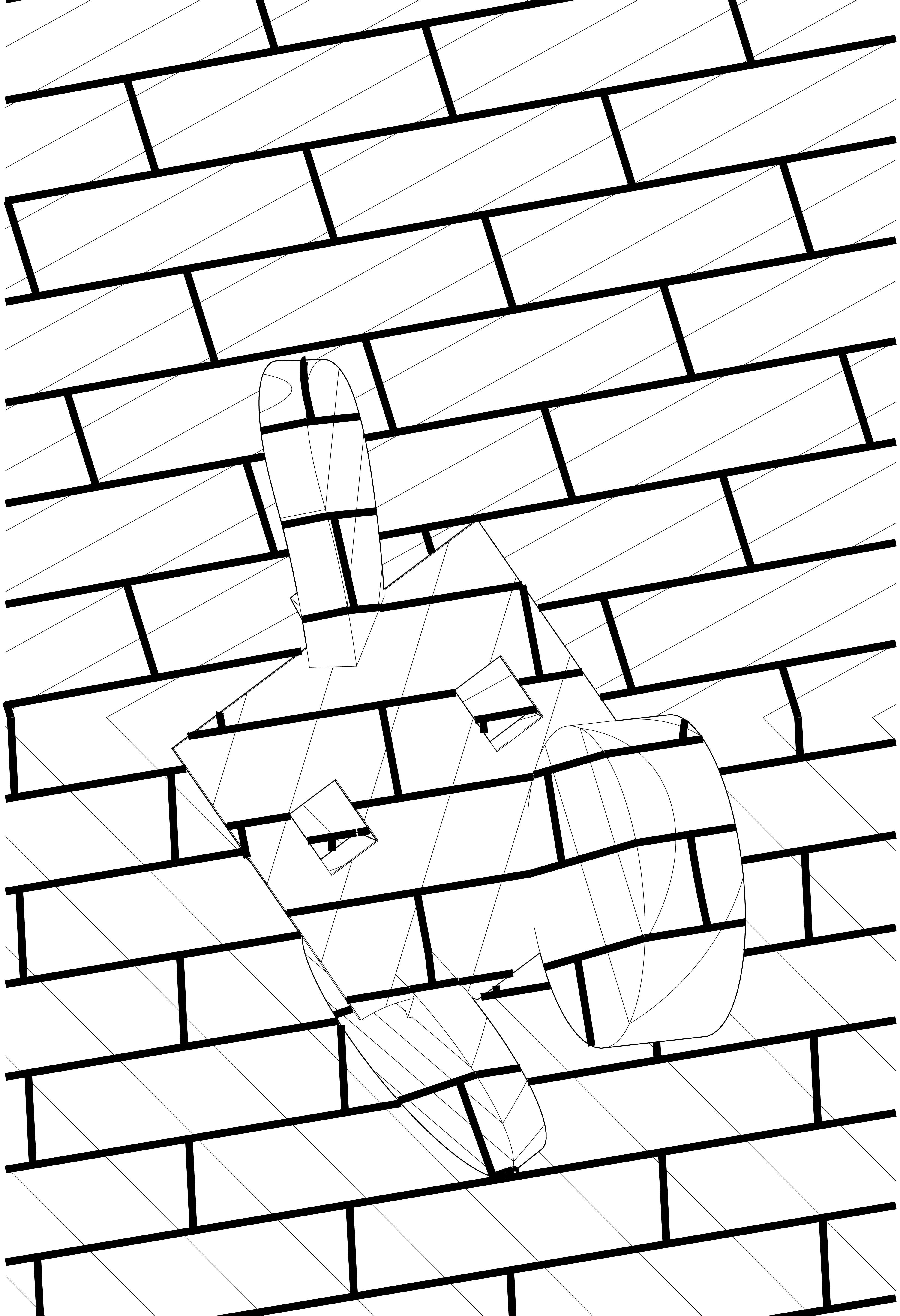

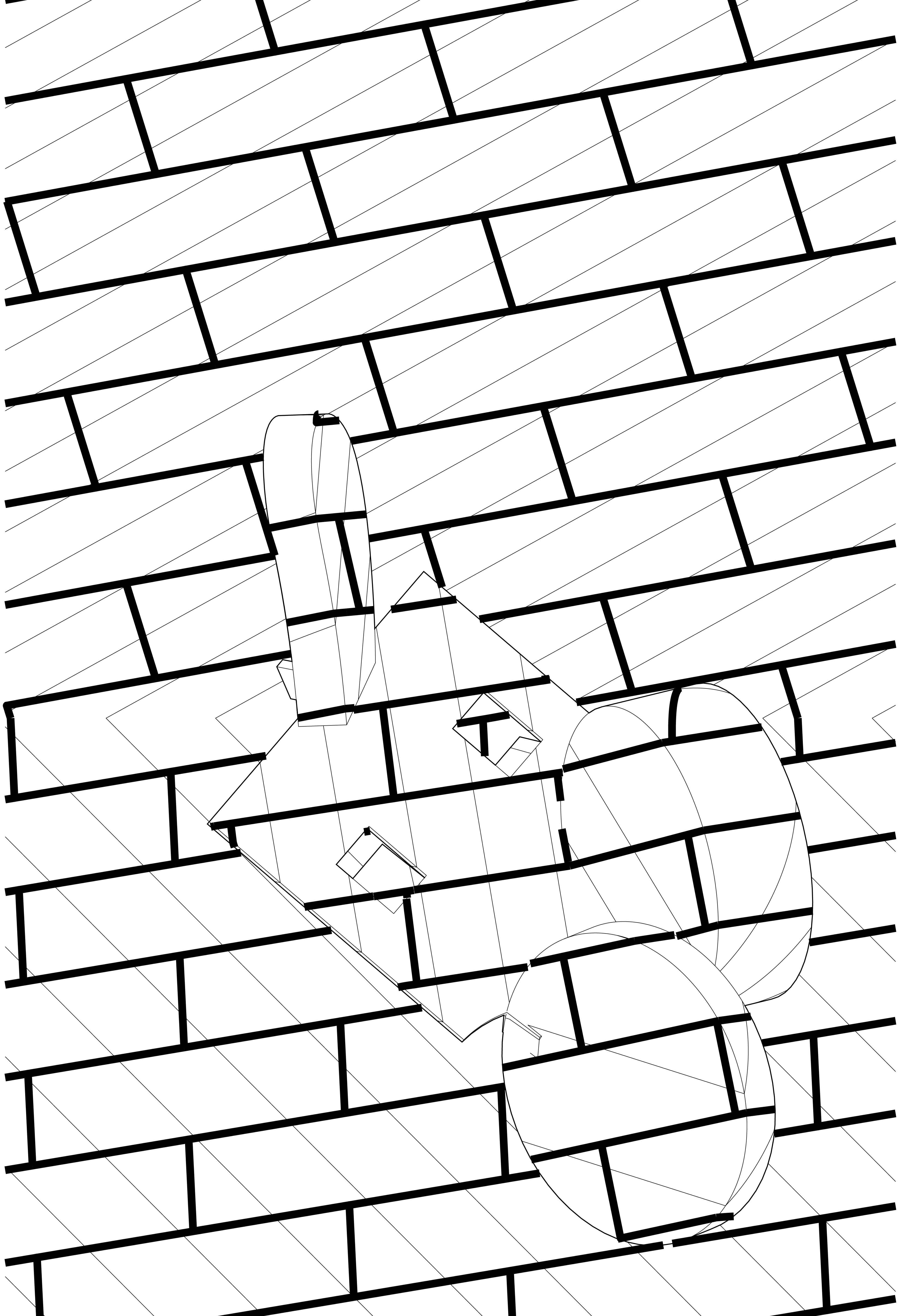




Taking as the starting point one of Claes Oldenburg’s multiples, the Geometric Mouse from 1971, teams will animate 2D and 3D figures using seminar specific scripts in Rhino Grasshopper Kangaroo. This playful procedure makes possible new arrangements of parts (ears, head, nose, body, etc.) through rigging and dropping in a user-defined bounding box. Three innovative features are built into the script that question the increasingly automated procedures of computer graphics. The first is real-time mapping whereby up to three custom vector patterns may be projected to any frame. The second is multiple projections built into a single viewport. The third is rendering an animation sequence from Grasshopper.

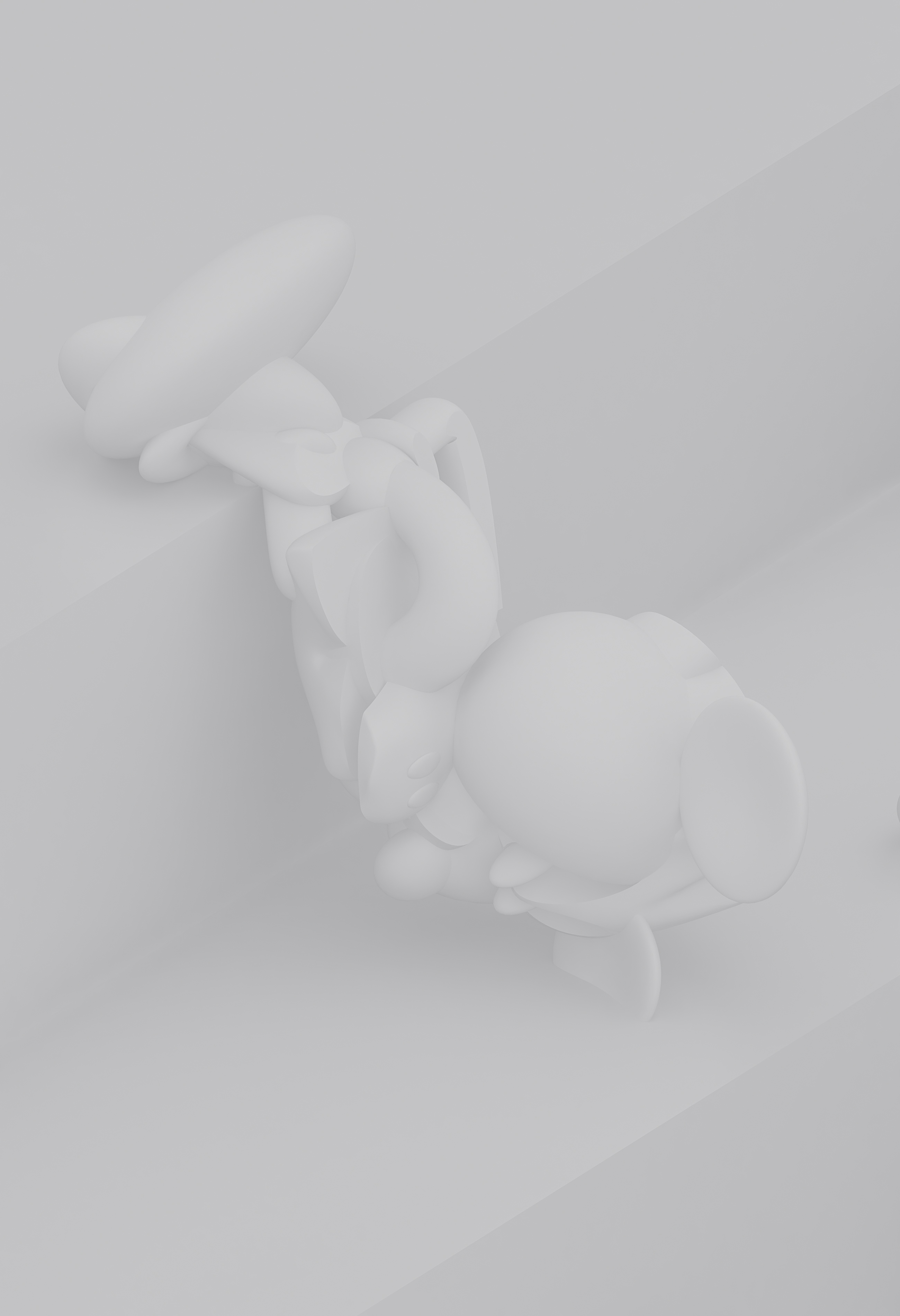

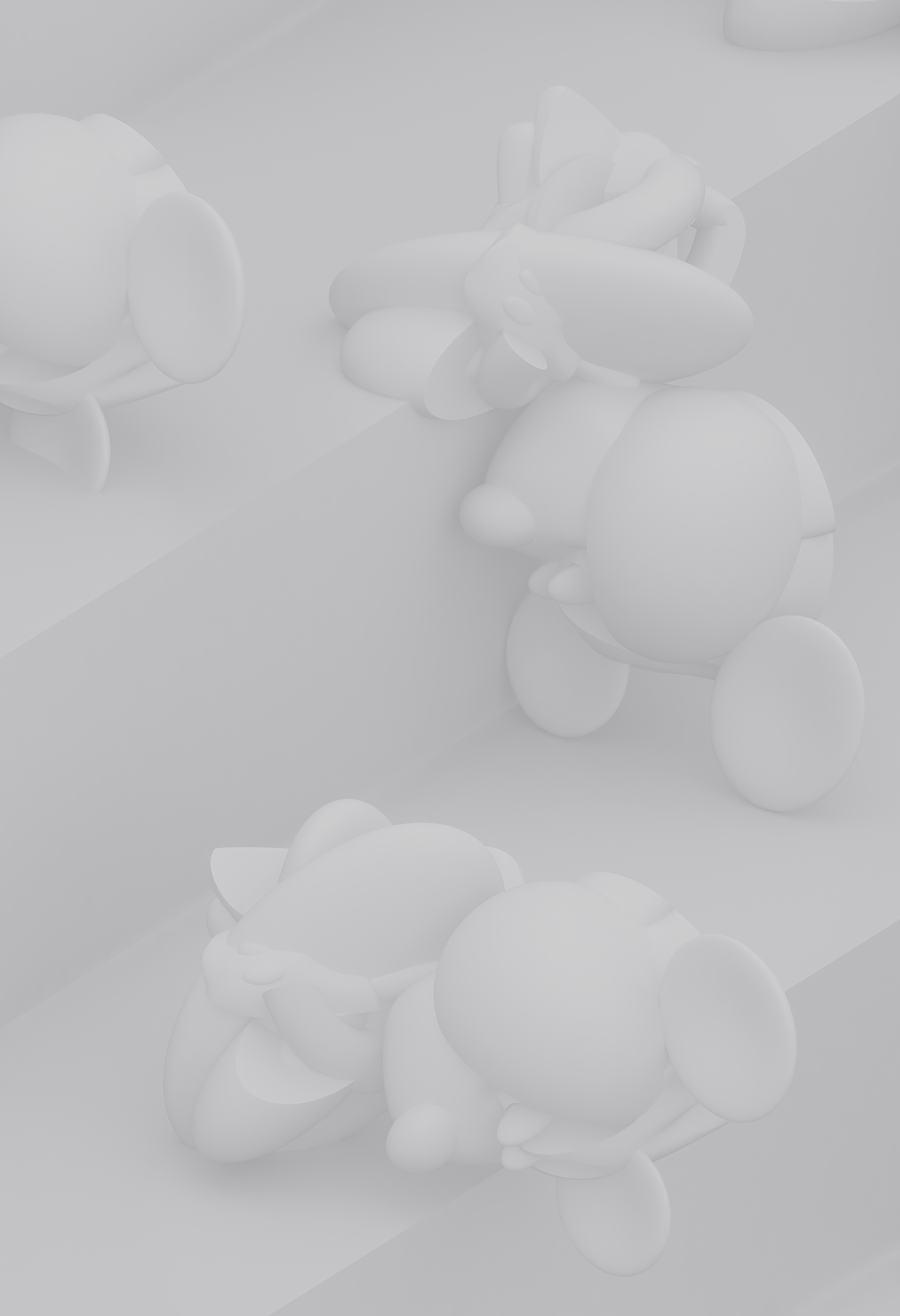
 / 3D Figure Composition Model
/ 3D Figure Composition Model
/ Animation With Texture Projection Using 3D Cam in AE

/ Study Model
Using the real-time texture mapping idea from the script, we test and generat this test animation through After Effect with 3D camera, to study the relationship between figure and backgroud, and how the mis-match moment of pattern projected onto the object and background could illustrate and indicate the figure. The video starts from 2D figure and pattern, and ends up with 3D texture projection.With the special movement of both the objects and camera, the figure is rendered out and “hiding” within the context created by the pattern and background.